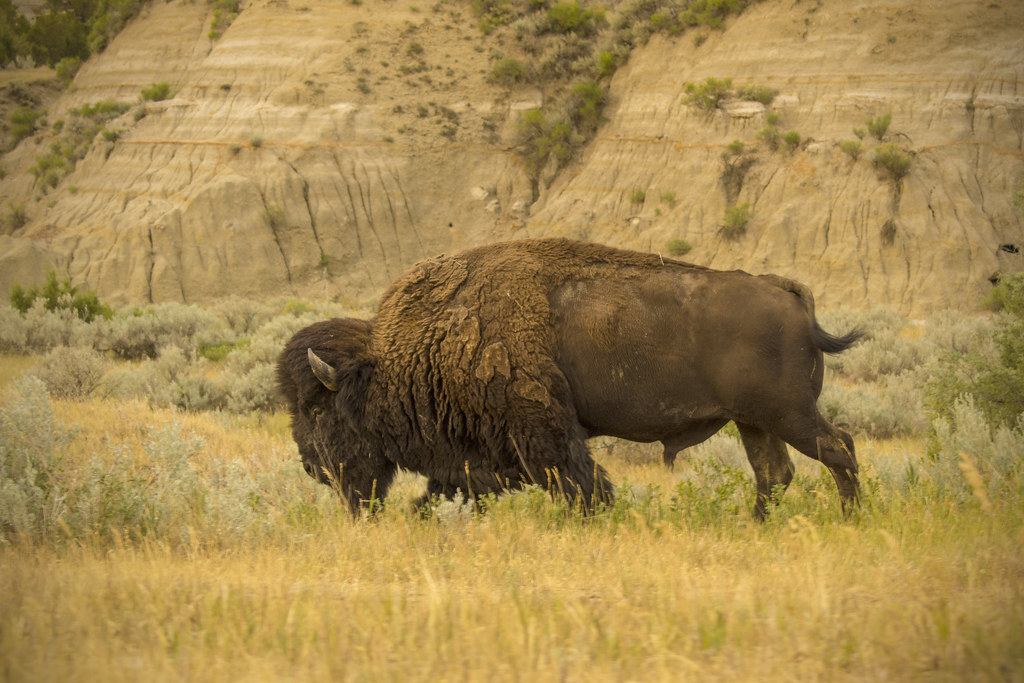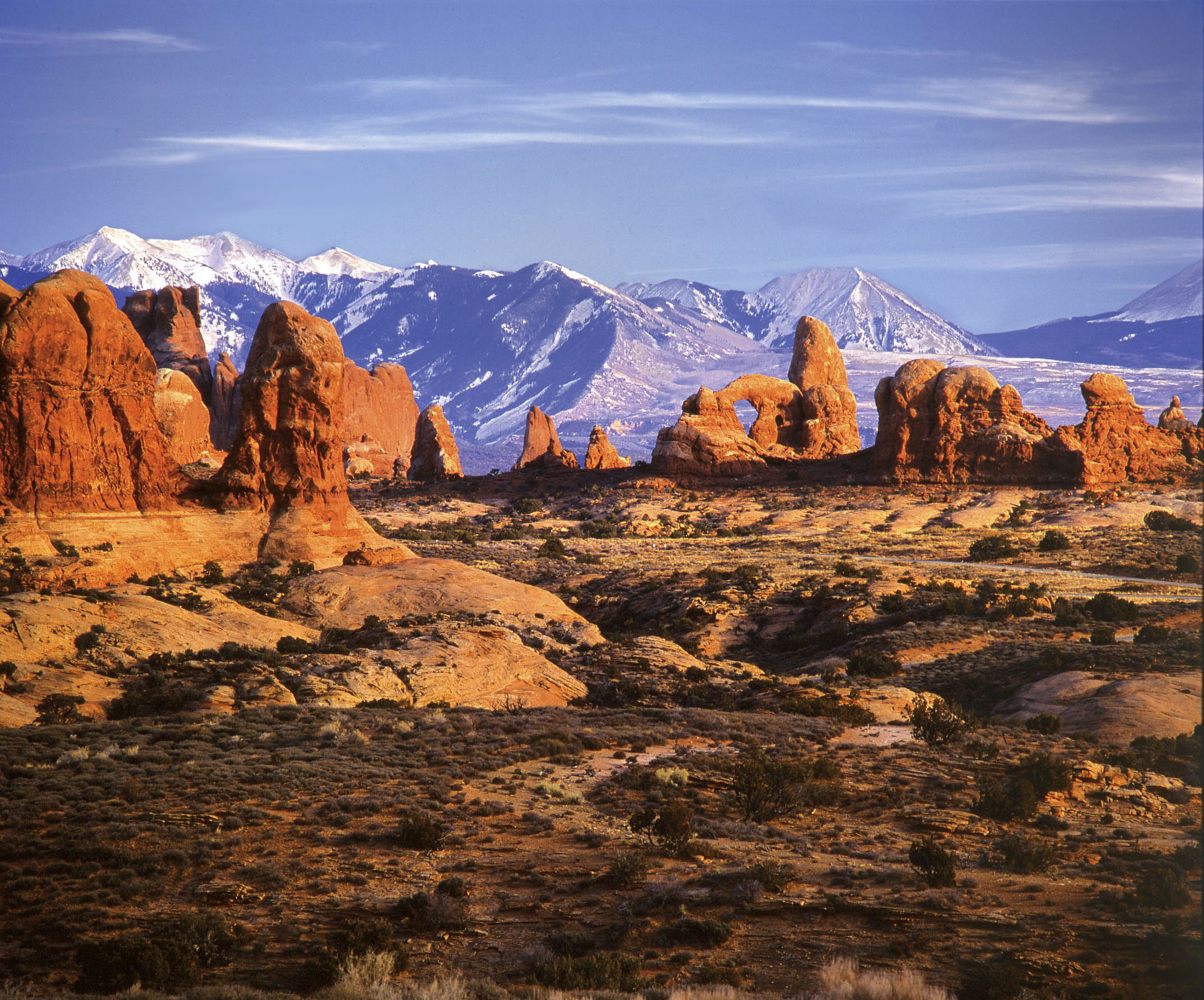Trump signs the Great American Outdoors Act
This past week Trump signed into law a stimulus package for park maintenance and conservation efforts.

Trump signed legislation this past Tuesday that establishes permanent funding for the Land and Water Conservation Fund (LWCF) and allocates up to $1.9 billion dollars per year to the National Park Service and other land management groups to address their maintenance backlog. The funding is an important first step to support conservation and outdoor recreation but is only the beginning of tackling the $19 billion dollar federal lands maintenance backlog, according to the Congressional Research Service.

The money to support public lands comes at a crucial time, with the popularity of local and national parks increasing as Americans try to find ways to socialize “safely” in the outdoors. New funding provides a source from which to continue trail construction, as Teresa Martinez, the Executive Director of the Continental Divide Trail, said in an interview with KRWG: “Because of the LWCF, we have been able to address several trail gaps, and continue to rely on this critical program in our efforts to finally complete the CDT.” Local recreation areas need this boost for a multitude of reasons: as Time reported, parking lots are overflowing with new hikers, and this increase in use results in an increased need for cleanup and maintenance.

This money may also serve as a boon to local economies that rely on outdoor recreation. Funding the current backlog could create over 100,000 jobs according to a 2019 report based on National Park Service Data, a highlight in this time of record unemployment. In addition to creating maintenance-oriented jobs, the stimulus could expand visitor spending that already supports over 300,000 jobs. Senator Garnder (CO-R) who introduced the Great American Outdoors Act, said in a press release that he hopes this bill will serve as “a lifeline to mountain towns and recreation communities hit hard by the COVID-19 pandemic.”

John Ruple, Professor of Law at The University of Utah’s Wallace Stegner Center for Land, Resources and the Environment, said that this funding is a big win but doesn’t address the whole story.
“Let’s not forget the volume of the backlog and the history of failing to invest in infrastructure and public lands,” Ruple said. “This is less than 10% of our maintenance backlog.”
While the Great American Outdoors Act has been heralded as an bipartisan win, the Trump administration's track record of supporting public lands is inconsistent. The Outdoor Journal covered Trump's 850,000-acre rollback of Bears Ears National Monument in 2018, and the administration's proposed 2021 budget would cut National Park Service funding by $574m.

The permanent funding for the LWCF and up to $1.9 billion per year for public lands maintenance would be primarily supported by money from oil and gas. While it may be a future paradox for conservation issues, Ruple sees it as a present benefit: “We’re funding national parks with non-renewable resources,” Ruple said, “but at the same time you could also argue that we are taking some of the profits from oil and gas, coal development and then using that to protect parts of our public lands. Maybe there’s some justice in that.”
Cover Photo: Hiking trail in Mt. Rainer National Park, Washington State by Stephanie Bergeron





Comments ()